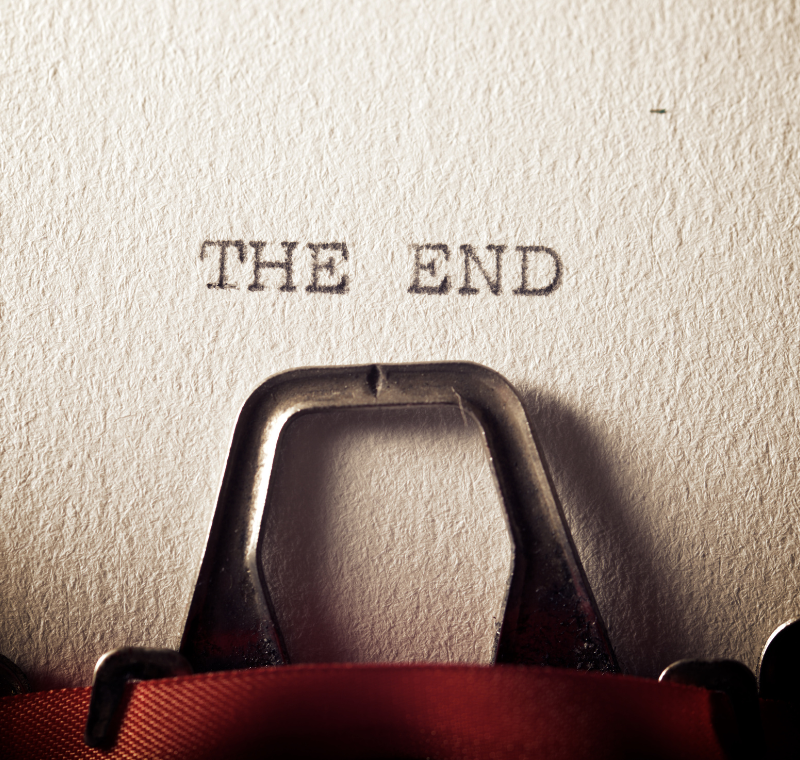As long as there have been people, there have been stories. Some explain a shared past – wars, plagues, and migrations. Some of these stories speculate about mysteries that surround us. For example, why the seasons change, or how that big smoking mountain came to be. If you’re creating a game or novel setting, the people of your world will have these cherished stories as well. Yes, folks! It’s time to talk about worldbuilding religion, creating a mythology and worldbuilding history!
History, religion, myths and legends all add depth to your fictional world. They make it feel old, inhabited and filled with wonder and secrets. These in-world stories are the foundation on which many present-day adventures rest. Where did that ancient treasure originate? Who created that prophesied curse afflicting the village? Why are two nations always on the brink of conflict?
So let’s get into how to create a mysterious, misty past for your fresh new world.

Worldbuilding Religion
What your characters believe shapes their actions and choices in important ways. As a result, religion can shape cultures, societies and individual characters. If you’re playing D&D, the cleric class hinges on belief in divine power. In a theocracy, the moral code of the state religion is the law of the land. If two nations follow different faiths, it can lead to diplomatic tension – or all out holy war.
When you’re worldbuilding religion, you’ll need to make some key decisions:
- How many different faiths exist in your world? You only need to go into detail about your initial setting at first, but it’s good to know what other beliefs are out there.
- What type of religion is it? Will you be creating a pantheon for a polytheistic faith? Or a single, monotheistic deity? Or no gods at all – is it a faith that worships nature, spiritual energy, ideals, technology, or something entirely different?
- What sacred texts exist? And perhaps even more importantly – who has access to them? Limited access to holy relics and sacred texts can be a lever of control for the powerful. Alternatively, a faith that holds to an oral tradition means the keepers of that knowledge are living relics who must be protected at all costs.
- How is faith practiced? Orthodoxy is what people believe. Orthopraxy is how they act based on those beliefs. What daily, weekly, monthly or annual rituals are observed? What holidays, festivals and traditions are reflected in the culture? How does it affect how they treat fellow believers – or outsiders, pilgrims, and strangers?
- How much evidence supports it? In D&D, gods are active participants in the material world, and there is ample concrete evidence of their existence. In other settings and contexts, people have to take their beliefs much more on faith. How present and active are the gods of your world?
Worldbuilding Religion: Real World Influences?
As with all elements of worldbuilding, it can be tempting to pull from real-world influences. This can be a risky business if not handled carefully. Be mindful of harmful stereotypes and cliches. Also, avoid doing a one-to-one analog of a real-world faith in second world fantasy. If you’re creating an alternate history or setting based closely on the real world, it may be unavoidable.
There are examples of fantasy and sci-fi novels where the author has incorporated their own faith – or a fictionalized version of it – into their work. You are generally on steadier ground here, whether your goal is to highlight prejudices or share an aspect of your culture in a creative way.
Creating a Mythology
Creating a mythology may not seem all that different from worldbuilding religion. Mythology describes a set of legendary stories and characters. And these may or may not have a moral lesson. Religion is a set of beliefs and guiding principles, which may or may not be rooted in mythic stories or historic figures.
Myths can provide rich backstory, epic legends, and cultural identity to your game or novel setting.
- They speak to a people’s perspective on the world, their origins, and values.
- Myths tell you what is considered heroic by a culture… and what’s considered tragic.
- They can provide a set of clues to puzzles, whisper of lost treasure, and serve as valuable plot hooks.
By writing lore that delves into the deep past of your world, you can create seeds of mystery that characters can explore and build on. This will create a more complex, interesting and unique setting.
💡Tip: World Anvil has a Myths/Legends worldbuilding template! It’s made for the lore of your world. Think King Arthur, Crocodiles in the Sewers of New York, or Bigfoot.
Worldbuilding History
Religion and myth deal with the Great Unknown. History tackles recorded events. And while these historic events may be more mundane than miracles or legends, their impact on the world is massive! Worldbuilding history sets the record for canonical events in your setting.
There may be secret histories. Some historical events in your world might be incredible or even impossible in ours. But they shape the present and future of your characters’ environment.
- They establish the basis for global or regional conflicts.
- They reflect the effects of different systems of government and specific rulers.
- They represent your characters’ heritage – whether it’s one they embrace or reject.
- History can provide powerful plot hooks and set up conflicts in your narrative.
Worldbuilding history provides context, motivation, and clarity to the present reality of your world.
And while it would be great if you could write the entire history of your world in one unbroken chronological order list… that’s rarely how the creative process works. Perhaps you know a few major events, but much of your world’s history will be filled in as you need it.
Consequently, keeping your continuity straight will get more complicated over time. Fortunately, there’s a tool for that!
Using World Anvil’s Timelines
World Anvil handles historic events differently than other information about your setting. Historical Events are the building blocks, and Timelines display those blocks in useful ways. Timelines help you visualize a sequence of events, relationships between those events, and keep your setting’s history clear and organized.
💡Read the Guide to Timelines: https://www.worldanvil.com/learn/timelines/timelines
A rich, complex past filled with stories of legendary heroes and mythic beings will help your world feel dynamic and weighty. Incorporating these worldbuilding elements into your setting will add layers that keep players or readers digging into the mysteries of the past.
And World Anvil, the ultimate worldbuilding platform, is here to support you as you craft the roots of your story world! Create a free account today!
Become a World
Anvil member

.png)






.png)
